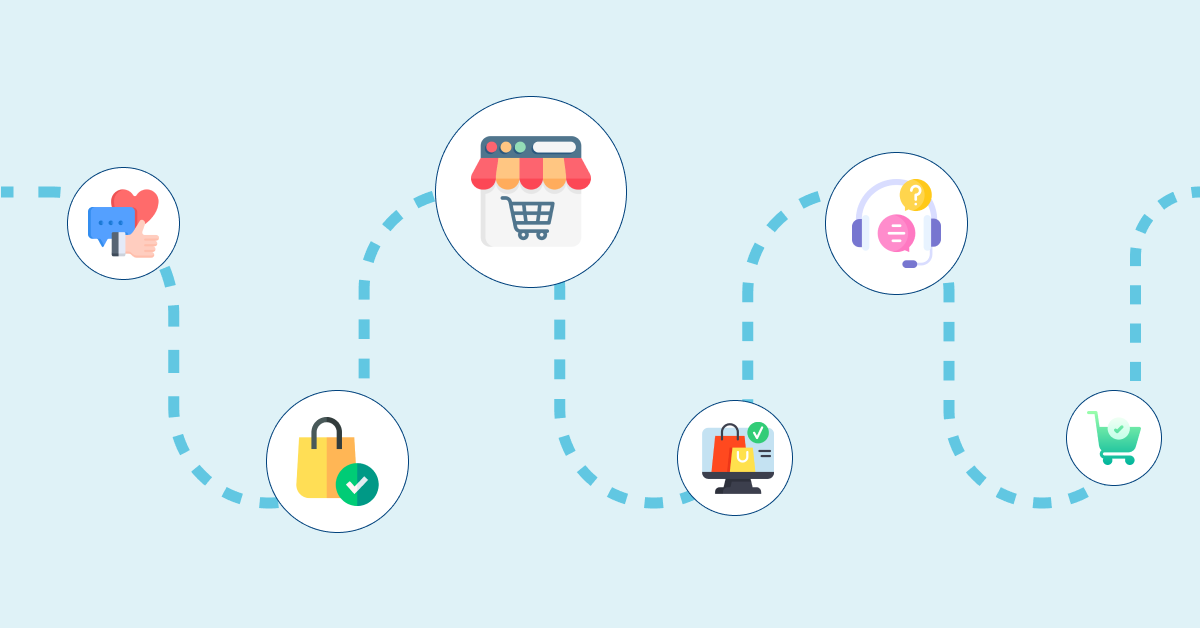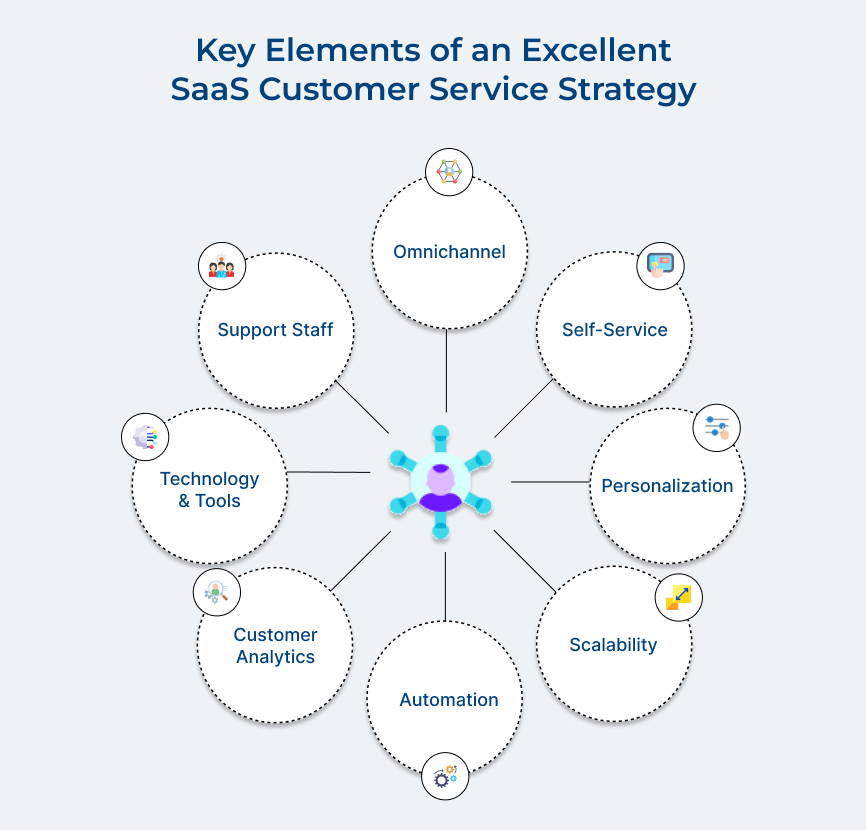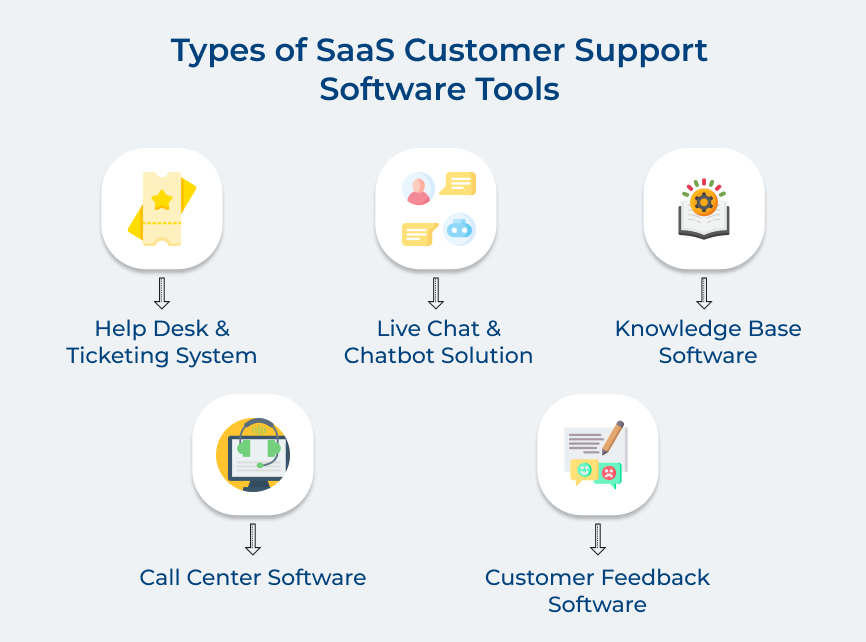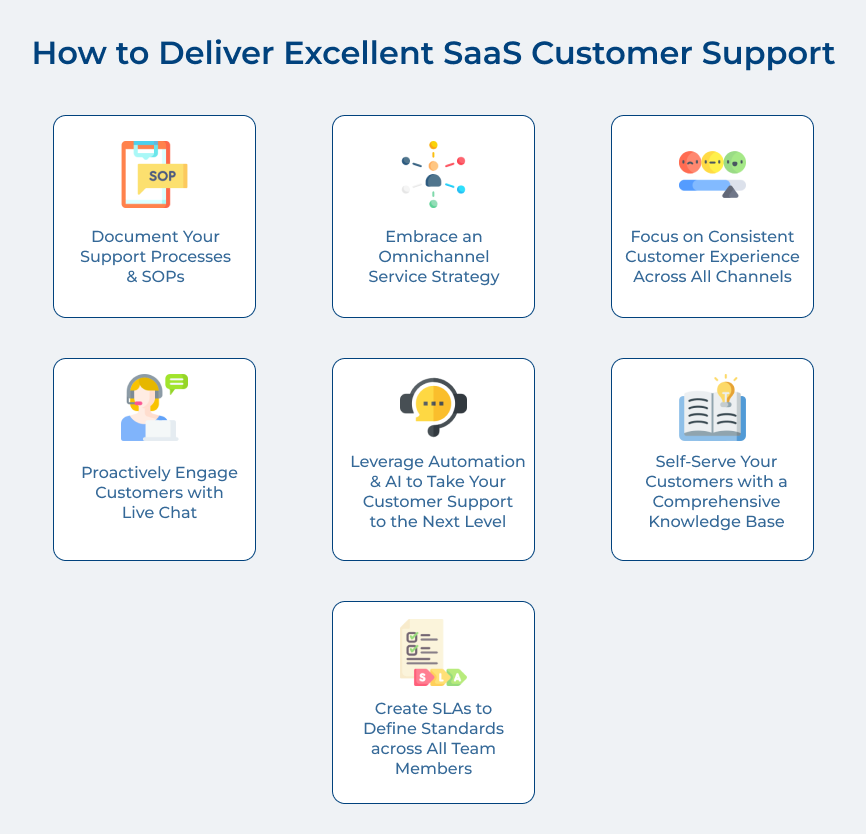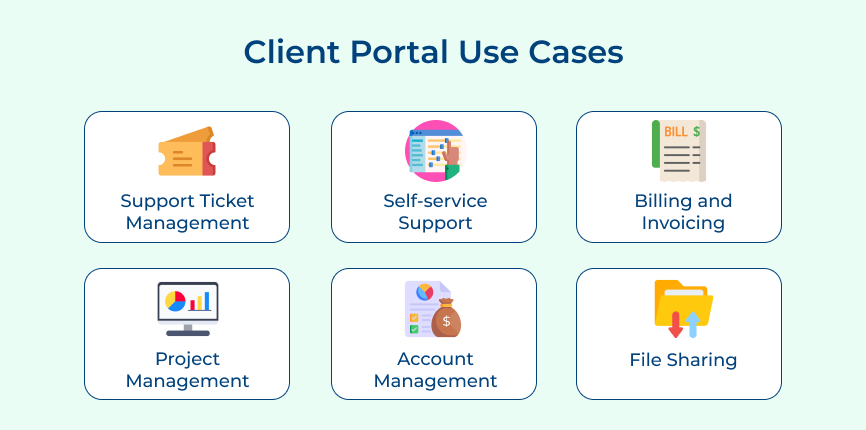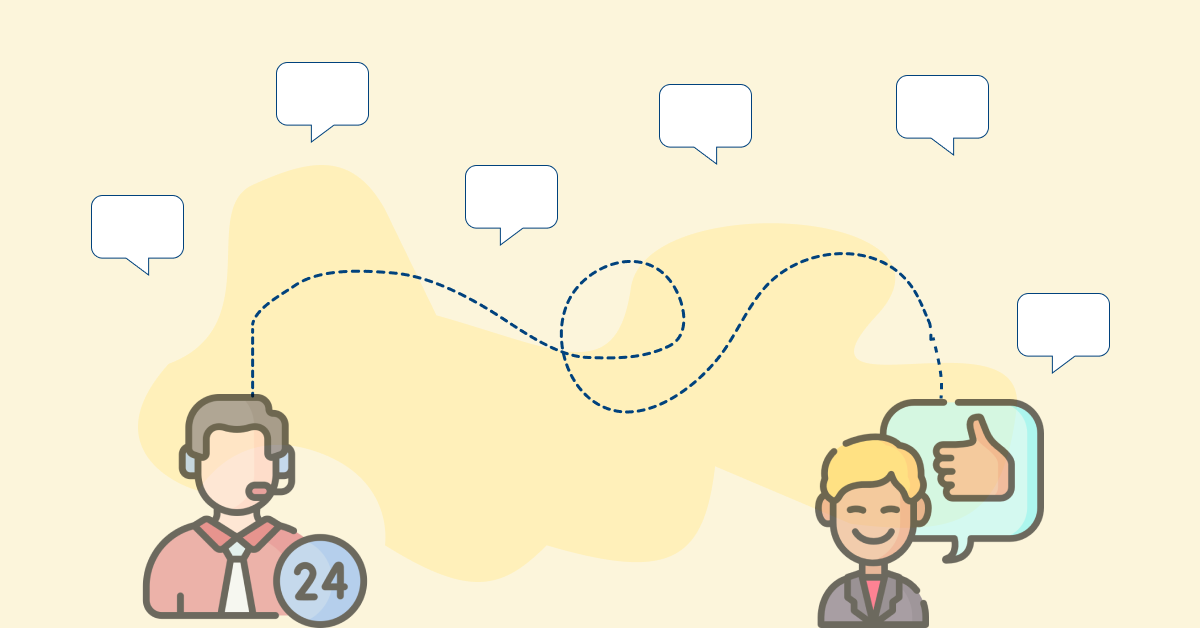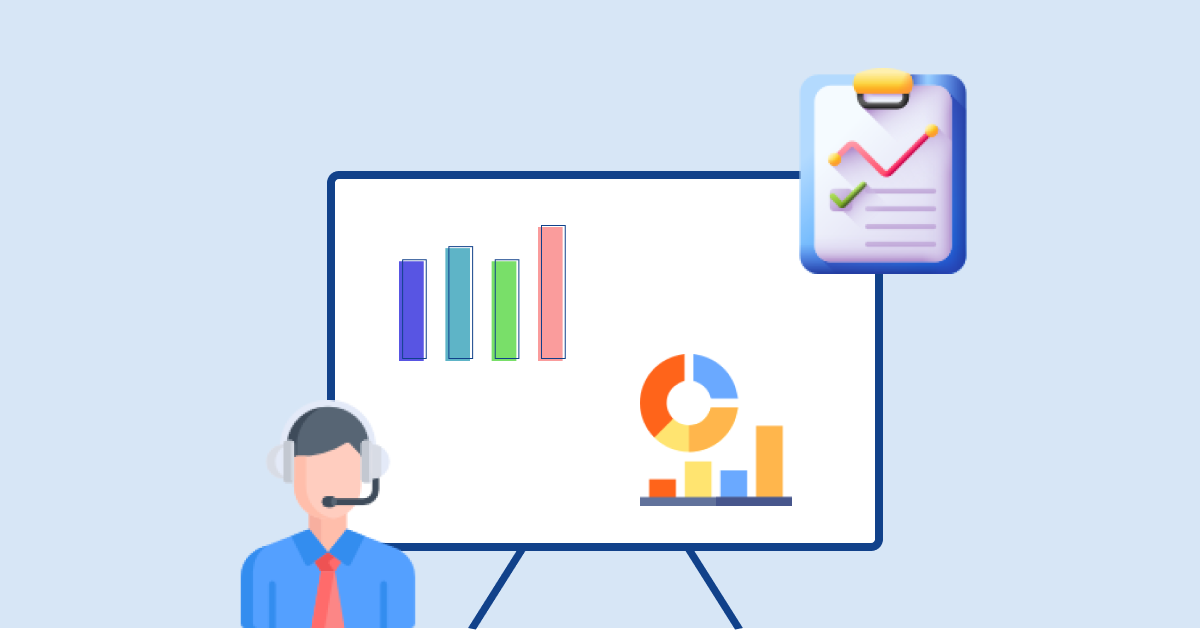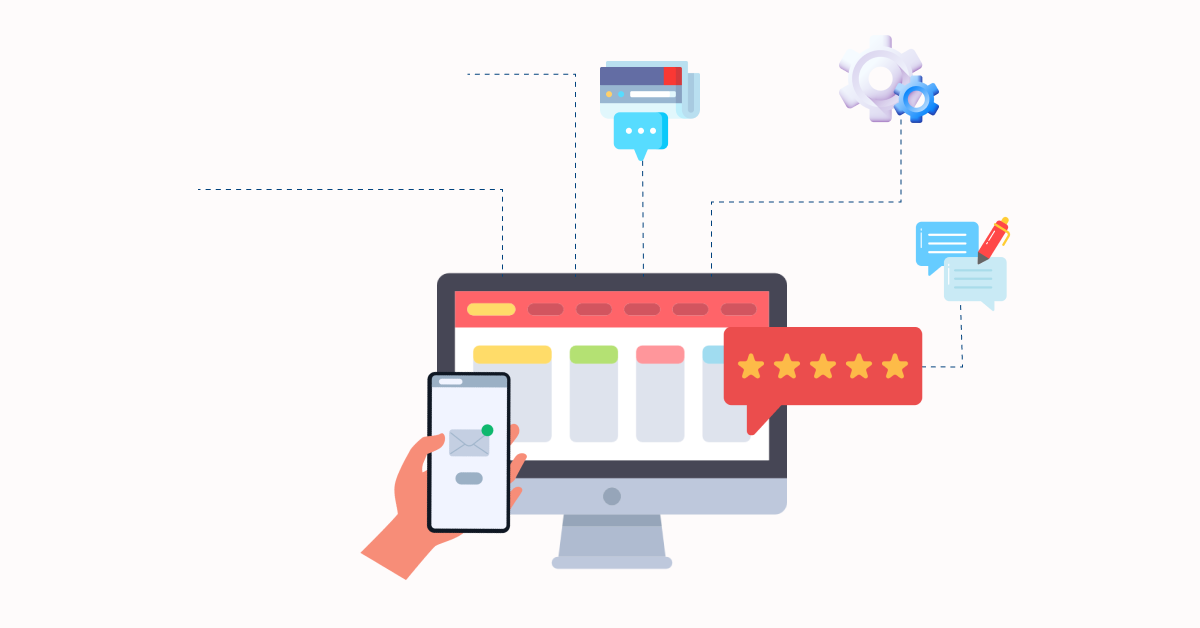1. Prompt and Proactive Responses
Prompt and proactive responses are essential in SaaS customer support to address inquiries swiftly. It also helps to prevent potential issues. Timely resolution of customer queries demonstrates a commitment to their satisfaction and helps prevent minor concerns from escalating into major problems. Proactively reaching out to customers with updates, tips, and relevant information can also enhance their overall experience.
Example: When a SaaS user encounters a technical glitch, a support agent responds within minutes to acknowledge the issue and offers initial troubleshooting steps. The SaaS provider proactively sends notifications to inform users about upcoming system updates and guides adapting to new features.
2. Personalized Support
Personalized support tailors interactions to each customer’s unique needs and circumstances. Understanding the customer’s specific situation, preferences, and challenges allows the support teams to offer targeted solutions. It also assists them in building a stronger rapport with users. Personalization enhances customer loyalty and satisfaction by demonstrating a genuine understanding of their requirements.
Example: A SaaS customer service agent addresses a user’s question about integration by referencing the specific software applications the user employs. The agent offers step-by-step guidance that aligns with the user’s existing setup, showcasing a deep understanding of the user’s context and needs.
3. Clear and Comprehensive Documentation
Clear and comprehensive documentation is crucial for empowering customers to troubleshoot common issues independently. Providing well-organized guides, tutorials, and FAQs helps users navigate through challenges without needing direct assistance. The practice enhances user self-sufficiency and reduces the need for repetitive support requests.
Example: A SaaS company maintains a comprehensive knowledge base with step-by-step guides and video tutorials covering various software features. Users can quickly find and follow instructions to set up integrations or troubleshoot minor glitches, reducing the volume of support tickets.
4. Multichannel Availability
Offering support through multiple communication channels ensures customers can seek assistance in their preferred way. Whether through live chat, email, phone, or social media, multichannel availability accommodates diverse user preferences and schedules, leading to quicker issue resolution. Brands with multichannel support experience a yearly increase in annual revenue of up to 9.5%
Example: A SaaS company offers live chat for real-time technical assistance, email support for more detailed inquiries, and a dedicated phone line for urgent matters. The diverse range of channels allows users to select the most suitable option based on their needs.
5. Continuous Training for Support Teams
Ongoing training is essential to keep support teams updated on the latest product features and industry trends. Continuous training involves regular sessions that provide support teams with the latest product knowledge, best practices, and communication skills required to deliver effective customer assistance. It enables agents to offer assistance, improving customer satisfaction and confidence in the support provided.
Example: A SaaS company conducts bi-weekly training sessions covering recent software updates, new integrations, and effective communication techniques. Support agents stay well-informed, ensuring they can address user inquiries with precision.
6. Proactive Issue Prevention
Proactively identifying and addressing potential issues before they impact users is a proactive approach that prevents disruptions. Monitoring system performance and conducting regular checks enable the timely detection and resolution of potential concerns. It contributes to a smoother user experience as the customers are prevented from untimely disruptions.
Example: A SaaS provider uses automated monitoring tools to track system performance and promptly detects a server performance degradation. The technical team intervenes to resolve the issue before users experience any slowdowns or service interruptions.
7. Feedback Integration and Continuous Improvement
Integrating customer feedback into the support process is vital for refining SaaS customer support. Actively seeking input from users about their experiences, challenges, and suggestions helps identify areas for enhancement. Analyzing feedback allows the support teams to implement strategic improvements for addressing recurring issues and optimize the overall support experience.
Example: A SaaS company conducts regular post-interaction surveys, asking users to rate their support experience and provide comments. Analyzing the feedback reveals patterns of user concerns, leading to targeted process adjustments and resource allocation.
8. Collaboration Between Support and Development Teams
Effective collaboration between support and development teams ensures seamless communication. Forming a positive working relationship helps support agents to relay user concerns and technical challenges directly to development teams. The collaboration accelerates problem-solving and facilitates the swift implementation of bug fixes.
Example: When users report a critical bug, support agents directly communicate the issue to the development team. The development team promptly addresses the bug and releases a patch. It leads to minimizing user disruption and demonstrating the synergy between both teams.
Supercharge Your CX with SaaS Customer Support
Software-as-a-service (SaaS) based customer support systems provide the advantage of flexible pricing and scalability for businesses of any size looking to increase user experience through personalized service. Such a system offers automated solutions for common customer inquiries and helps facilitate self-service to assure customers get their product or service questions answered as soon as possible.
SaaS customer service also allows businesses to monitor customer satisfaction and engagement in real time, providing valuable insights that can be used to continually enhance user experiences and optimize operations.
